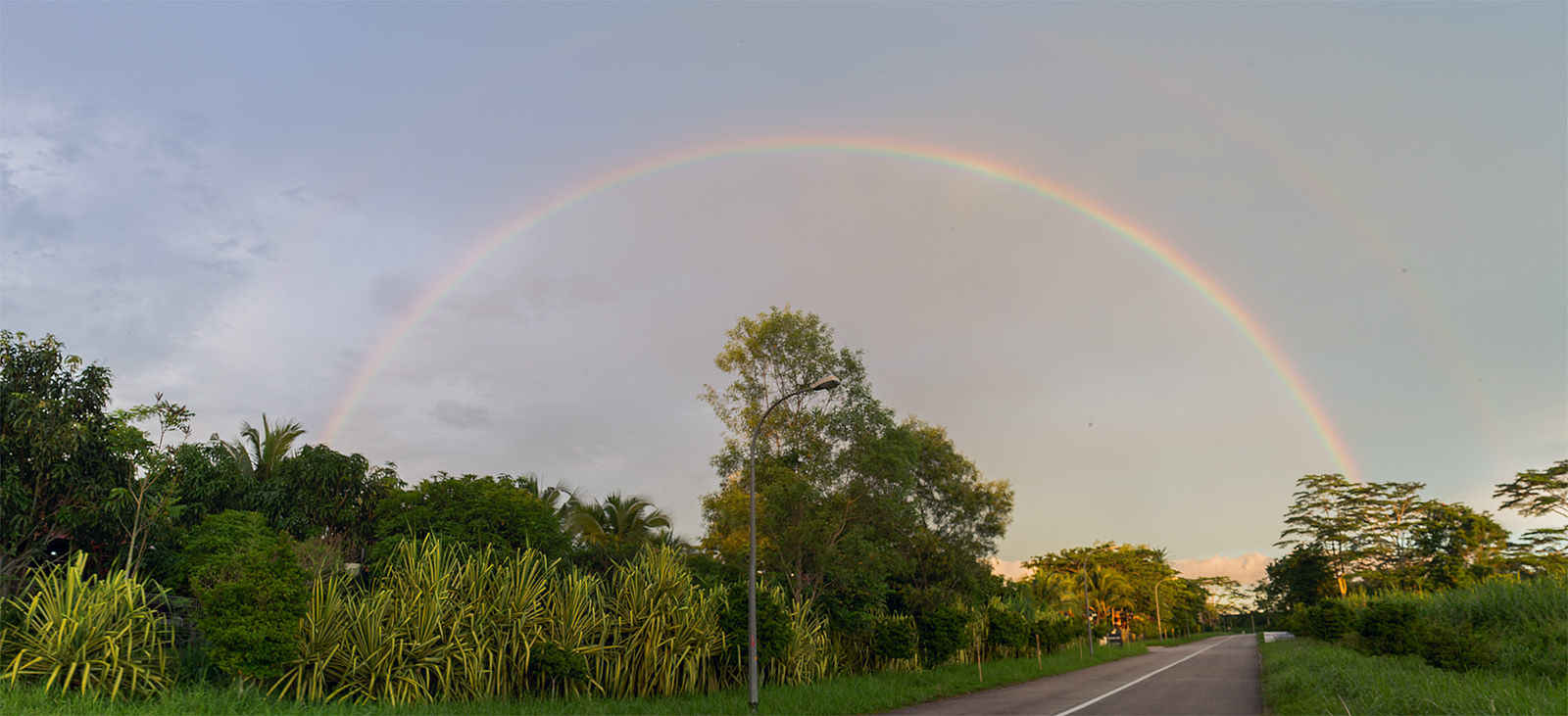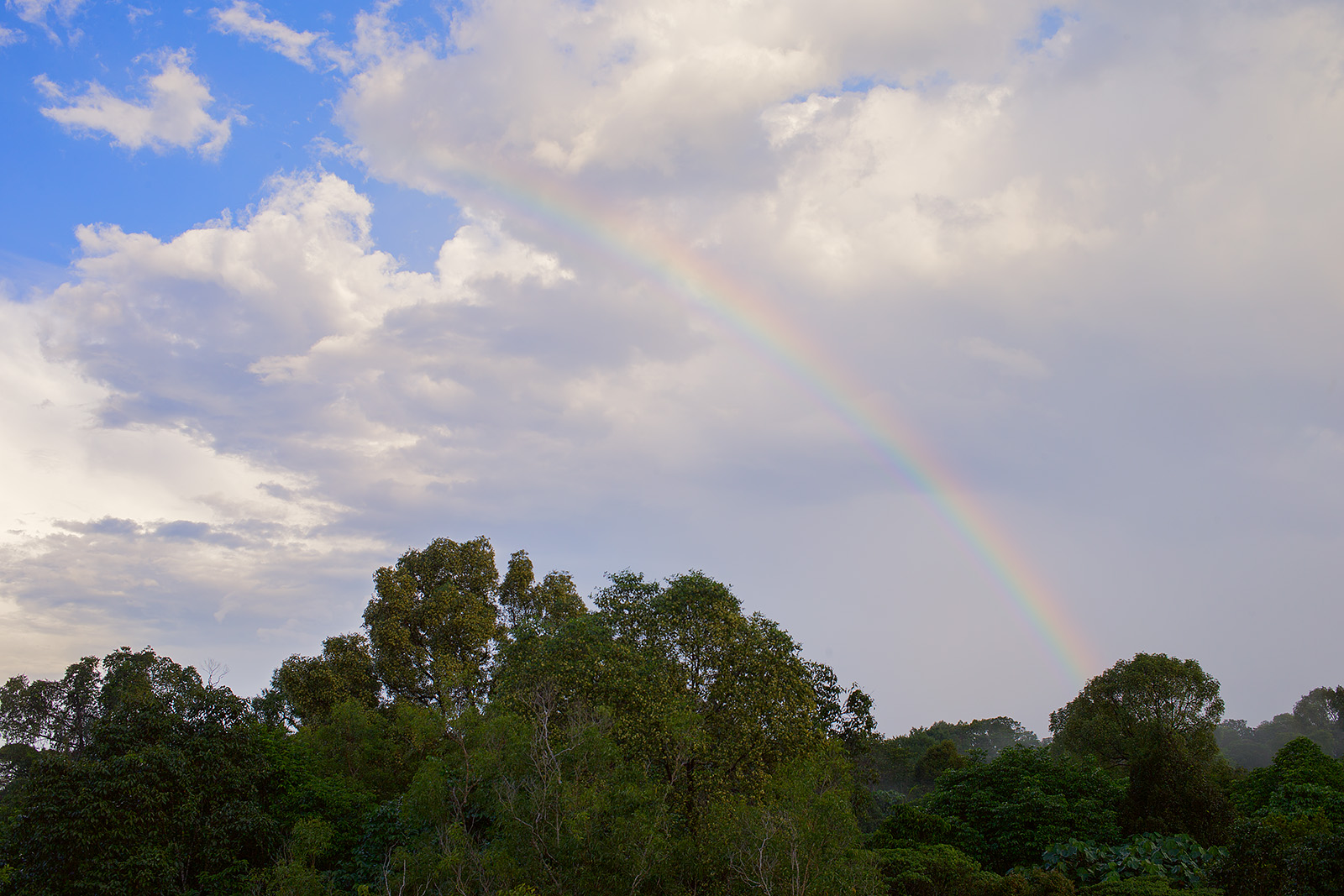The Greater Racket-tailed Drongo (Dicrurus paradiseus) is by no means a dull bird in character. In fact it is one of the liveliest bird around, with the ability to mimic and create a variety of calls and sounds. It has been suggested that it’s ability to mimic other birds, serves the function to create mix-species flocks. The purpose being to steal food (kleptoparasitism) from the member of the flock or to find insects disturbed by other foragers around.
In Singapore, they have been observed following macaques around, probably gathering food or insects disrupted by the activity of these primates. There are many other stories about this very interesting drongo, that I will leave for another time.
Today the attention is towards photography. And unfortunately for the drongo, it’s a rather neglected species photographically. Its plumage colour is a glossy bluish black. That alone is a turn-off for many photographers who would gladly choose more colourful birds. The other thing is that it has a distinctive, long outer tail shafts ending with twisted pendants. That is a very attractive feature, but is challenging composition wise to get a ‘balanced’ picture, without it being blocked or cut off.
So what are the so-called features of a good bird photo? The answers are varied and for every feature I say is good, someone is bound to disagree. But generally, a few things normally stand out.

















